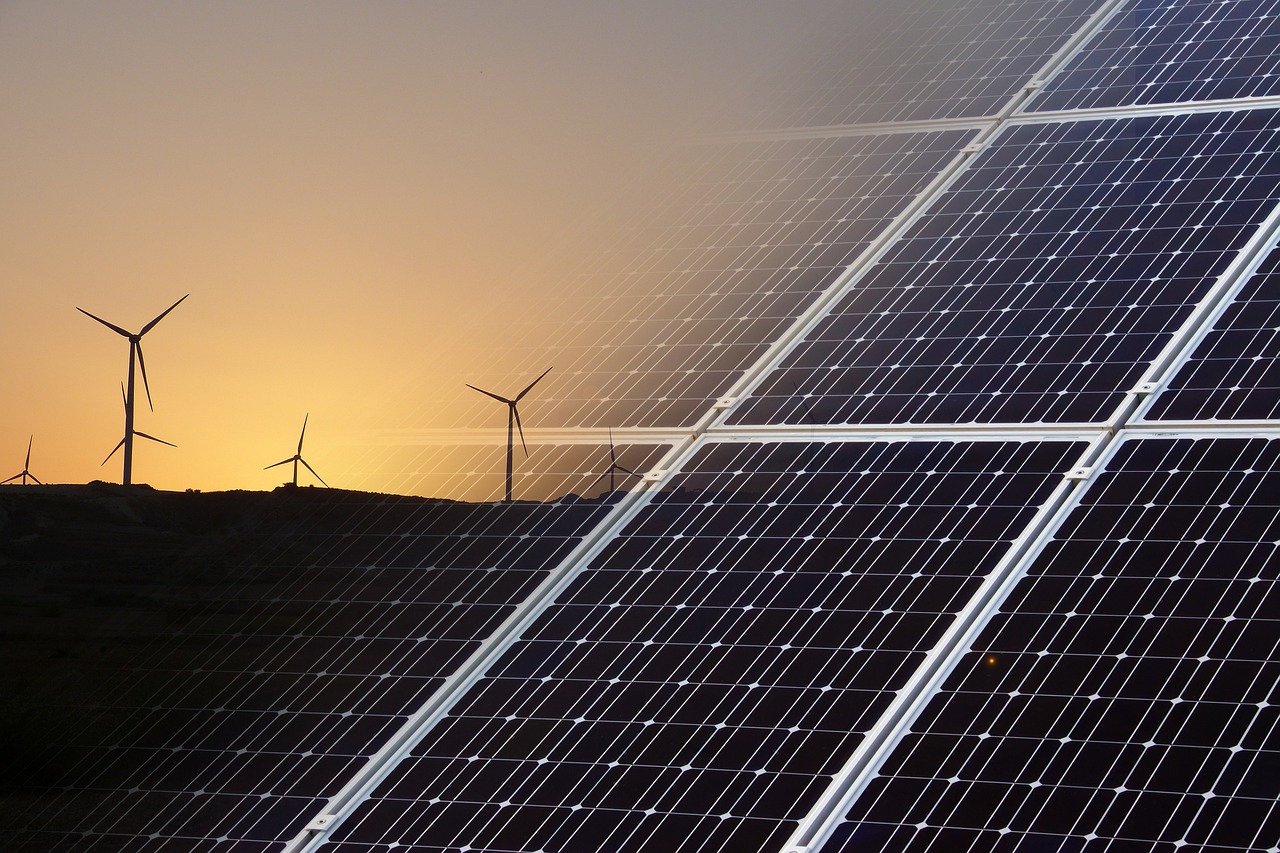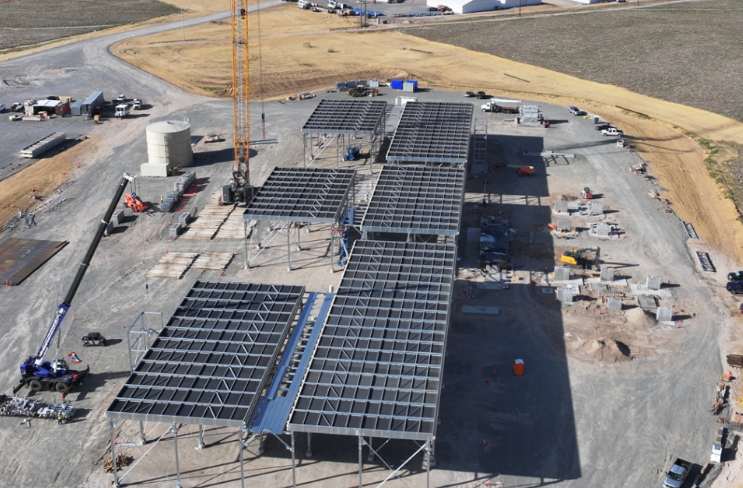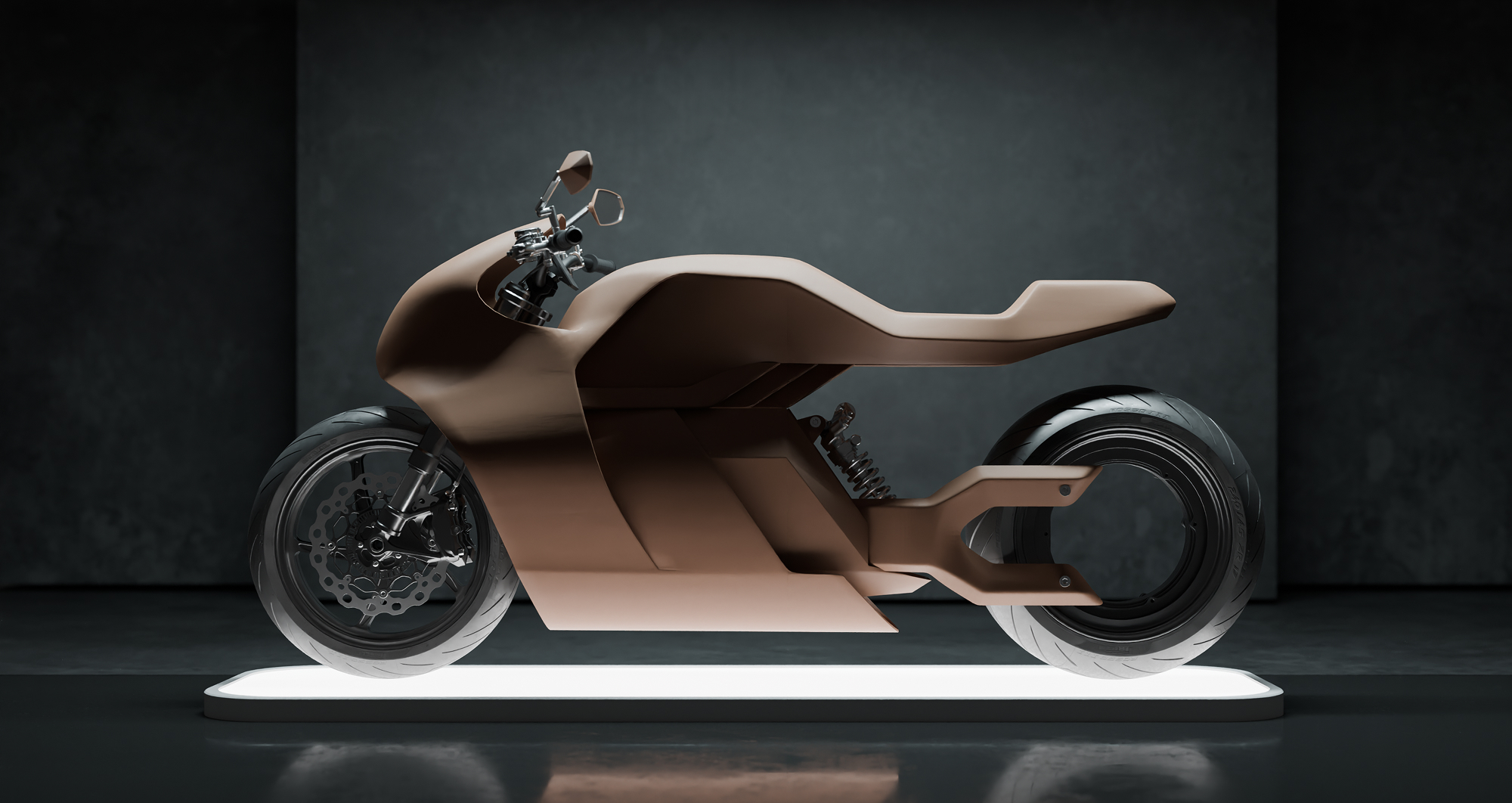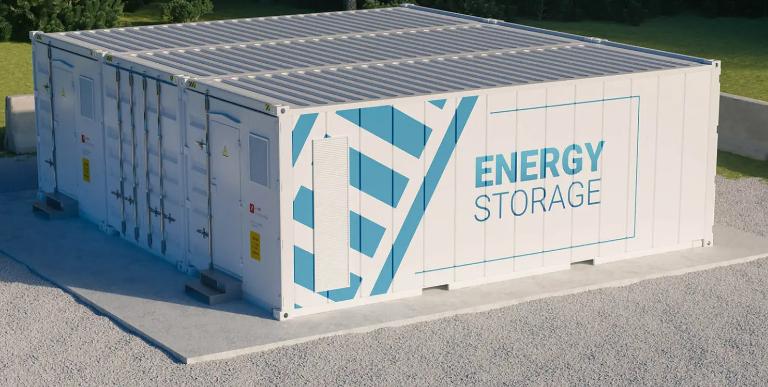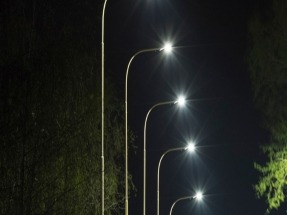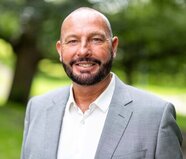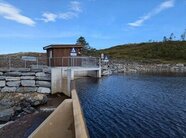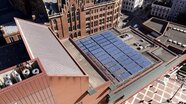Residential energy use accounts for roughly 20% of greenhouse gas emissions in the U.S., contributing to more severe and frequent weather events. Between 2013 and 2020, blackouts caused by events such as snowstorms, wildfires and hurricanes have tripled in duration, according to the latest data from the U.S. Energy Information Administration.
KB Home, SunPower and UCI joined forces to reimagine what a new home community could look like if built to reduce carbon emissions, cut energy costs, and provide new ways of producing reliable and resilient energy. With a $6.65 million Department of Energy (DOE) grant, microgrid design and engineering support from Schneider Electric, and strong collaboration with SCE to ensure a smooth transition between grid and off-grid electricity, these innovative homes are now available to the public.
“SunPower and KB Home have a long-standing history of leading the new home industry with energy innovation and sustainability,” said Matt Brost, Vice President of Sales, New Homes, at SunPower.
“With this project we are taking a large leap toward creating communities from the ground up that are designed to produce sustainable and affordable energy and resiliency to the impacts of climate change on our grid. We are thrilled to leverage our learnings from this project to influence continued innovation in home building.”
Purpose-Built for Sustainability and Resilience
- All 219 of the homes in the new Durango and Oak Shade communities will be built to meet the Department of Energy’s Zero Energy Ready Home criteria, which include ENERGY STAR®, WaterSense, and Indoor airPLUS. These additional features will help homeowners reduce average energy use by up to 40%. Each home comes with a SunPower Equinox® solar system designed to achieve net-zero energy, a 13kWh SunVault® Storage battery, high efficiency appliances, flexible loads such as electric heat pump water heaters and HVAC systems and other smart technologies like Schneider Electric’s Square D™ Energy Center and Connected Wiring Devices.
- All homes will be pre-wired to be smart Electric vehicle (EV) charger ready, and some will demonstrate bidirectional charging, which enables an EV to be an additional source of energy for the home during a power outage. EV chargers will be available for purchase at the time of sale.
These communities offer a new vision for how individual homes interact with the electrical grid. Every home, while maintaining its regular service with local utility Southern California Edison, is designed to operate during an outage as part of a self-supporting microgrid, drawing energy from its own SunVault storage system as well as a large community battery.
Together, they are designed to support critical loads such as lights, refrigeration and WiFi, as well as additional high-capacity loads like HVAC and domestic hot water. When the sun is shining, individual and community batteries can be continually recharged using excess solar generation until the grid connection returns.
Additional energy services offered by SunPower allow residents to enroll in a Virtual Power Plant (VPP) program through which their battery storage, EV chargers and other flexible loads will automatically dispatch to support the electric grid. Enrolled homeowners will be eligible for compensation for their participation in the program. UCI will also simulate the connected microgrids, analyze data from the VPP program, and collaborate with SCE to determine its effectiveness in supporting grid infrastructure.
Joining Forces to Create a New Homes Community of the Future
The project encompasses a unique, multi-disciplinary partnership comprised of several organizations:
- KB Home one of the largest and most recognized homebuilders in the U.S., is responsible for the design and construction of the energy-smart connected new home communities.
- SunPower Corp. conceptualized the project and is the project lead. It will oversee the project partners, provide energy services and technology, and ensure the home energy systems support the microgrid operations. It will also provide solar panels, battery storage and EV charging options for each home.
- The Advanced Power and Energy Program (APEP) at the University of California, Irvine will acquire and archive data from microgrid events and conduct research to enhance the technologies deployed in similar applications in the future. It will ensure that the microgrid controller meets the national standards that evolved from prior research conducted by APEP for the DOE using the UCI Microgrid as a platform for both the development and demonstration.
- Schneider Electric will be providing home electrical technology, including the smart load panel called the Square D Energy Center and Connected Wiring Devices that integrate and control the distributed energy resources. Additionally, Schneider Electric will design and engineer the community microgrid.
- Southern California Edison is the utility partner providing new power service to the community, managing the grid, assisting in microgrid engineering, ensuring local utility equipment safely and reliably supports microgrid operations and providing cybersecurity review.
“We are excited to partner with industry and academic leaders to bring these advanced technologies and energy solutions to our homeowners. The new KB homes at Oak Shade and Durango at Shadow Mountain will be the first in California to be equipped with smart technologies, a backup battery and microgrid connectivity. These will provide a self-supporting energy system with a community battery that powers the neighborhood,” said Dan Bridleman, Senior Vice-President of Sustainability, Technology and Strategic Sourcing for KB Home.
“We look forward to conducting research to measure the energy efficiency and resiliency of our all-new energy-smart connected communities.”
“This is at the cutting edge of the next generation of home developments,” said Scott Samuelsen, Professor of Mechanical, Aerospace, and Environmental Engineering at UCI and the Co-Principal Investigator with SunPower.
“For homeowners, the digital and connected future and home charging and discharging of electric vehicles will benefit from the enhanced home energy security provided by microgrid technology.”
“This project represents the future by evolving the smart home into a smart, sustainable community addressing core energy challenges facing homeowners today, including power resiliency and rising utility costs,” said Richard Korthauer, Senior Vice President, Home and Distribution, Schneider Electric.
“The new electric future is a home with safe, efficient and reliable power that meets our changing needs, without compromising our cost of living, sustainability goals or comfort.”
“SCE is pleased to support this innovative community microgrid project, and looks forward to supporting others in the future,” said Katie Sloan, SCE Vice President of Customer Programs and Services. “Microgrids can provide resiliency benefits for our customers and help integrate new grid technologies into new community developments.”



